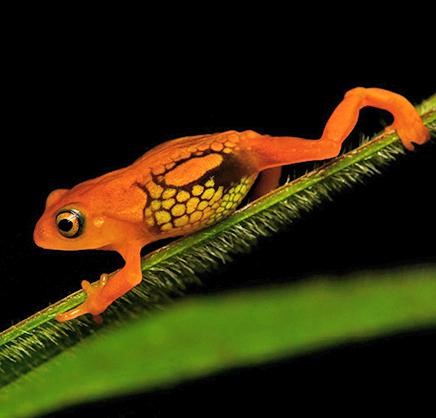Free Courses Sale ends Soon, Get It Now


Free Courses Sale ends Soon, Get It Now



Source:
Disclaimer: Copyright infringement not intended.
Context
Details
Project Goals
Importance of Frogs
Key Activities
Benefits of the Project
About Frogs
Taxonomy and Classification
Physical Description
Distribution and Habitat
Life Cycle and Reproduction
Behavior and Ecology
Vocalizations
Adaptations
Conservation Status
Interesting Facts
Notable Species
Sources:
|
PRACTICE QUESTION Q. Consider the following statements regarding frogs:
Which of the statements given above is/are correct? Options: A. 1 only B. 1 and 2 only C. 2 and 3 only D. 1, 2, and 3 Answer: B |
© 2024 iasgyan. All right reserved